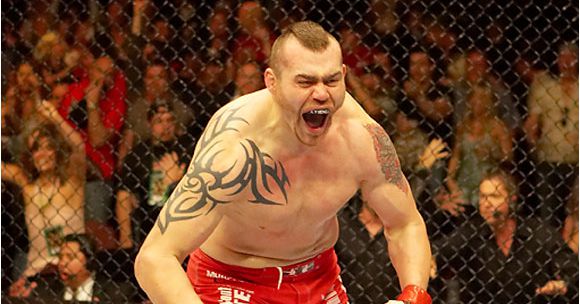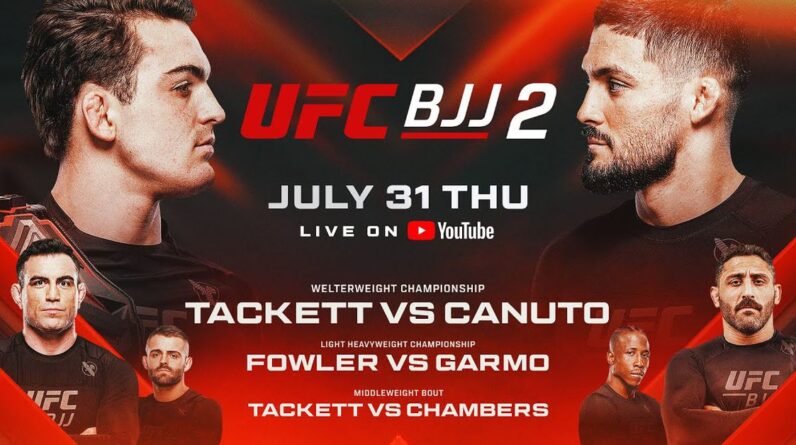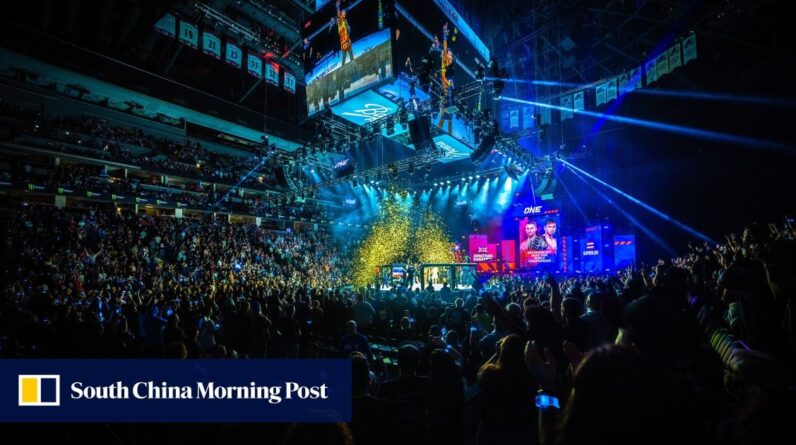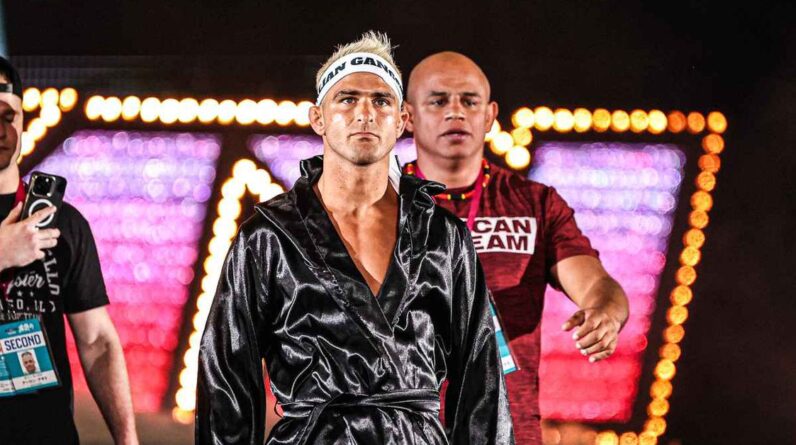Table of Contents
Global Fight League’s Rocky Start: From Skepticism to Spotlight
When the Global Fight League burst onto the MMA scene in 2024, eyebrows raised faster than a fighter’s hand after a knockout. The skepticism wasn’t without merit – the new promotion had somehow managed to sign an impressive roster of big-name fighters seemingly overnight. Many of us in the MMA community were asking the same question: Is this legit or just another flashy promotion destined to crash and burn?
The Controversial Birth of a New MMA Giant
I remember scrolling through Twitter (or X, if you’re being current) when the GFL announcement dropped. My first thought? “Here we go again.” Another promotion claiming to revolutionize MMA with deep pockets and bigger promises. But this one felt different.
The fighter lineup they unveiled wasn’t just good—it was suspiciously stacked. Former champions, rising stars, and fan favorites suddenly appeared on their roster. How did they pull this off without setting off UFC President Dana White’s infamous rant mode?
The Skepticism Was Real (And Justified)
Let’s be honest – the MMA graveyard is littered with the corpses of promotions that tried to challenge the UFC:
- Affliction: Folded after just two events
- EliteXC: Crashed after the Kimbo Slice bubble burst
- Strikeforce: Eventually absorbed by the UFC
- PFL: Still around but struggling for mainstream attention
So when GFL appeared with contracts for fighters like Marcus “The Demolisher” Johnson and Sophia Reyes, both coming off championship runs elsewhere, the red flags went up faster than a referee stopping a mismatch.
Contract Controversies That Raised Eyebrows
The whispers turned to shouts when details of GFL’s contracts started leaking. Rumor has it they were offering guaranteed money that made UFC purses look like pocket change. I’m talking 2-3x what top-tier fighters were making, plus unprecedented creative control over their personal brands.
One anonymous fighter agent told me, “They’re offering healthcare that extends beyond active competition, revenue sharing, and sponsorship freedom. It’s like they read every fighter complaint about the UFC and designed contracts to address them all.”
| Promotion Feature | UFC | GFL |
|---|---|---|
| Base Pay Structure | Show/Win Money | Guaranteed Salary + Bonuses |
| Healthcare | Limited to fight injuries | Comprehensive coverage |
| Sponsorship Rights | Restricted | Open platform |
| Revenue Sharing | Minimal | Significant percentage |
The Mysterious Backers Question
The biggest question hanging over GFL: Where’s the money coming from? Early speculation pointed to Saudi backing (doesn’t everything these days?), but the truth emerged as something more interesting. A consortium of tech billionaires and sports entertainment veterans had quietly assembled, seeing MMA as the last untapped frontier in global sports entertainment.
Their vision? Create a fighter-centric promotion where athletes are treated as partners rather than independent contractors. Revolutionary if they can pull it off, but a concept that’s had more false starts than a nervous UFC debutant.
Early Events: Exceeding Low Expectations
When GFL held its first event three months after the announcement, I expected a glorified regional show with good fighters but poor production. Boy, was I wrong.
The production value rivaled anything I’ve seen in combat sports. The arena setup, lighting systems, and camera work set new standards. They somehow managed to balance spectacle with sporting integrity – something even the UFC occasionally struggles with.
But the fighting – that’s where they truly shined. Without the pressure of “being exciting to keep your job,” fighters showed technical mastery we rarely get to see. The main event between Johnson and Rodriguez went down as an instant classic, a five-round chess match with moments of controlled violence that reminded me why I fell in love with this sport.
Where GFL Stands Today
Six months in, GFL has gone from punchline to legitimate player. Their events consistently deliver, fighter pay transparency has forced other promotions to address their compensation structures, and – most surprisingly – they’ve managed to attract a younger demographic that the UFC has struggled to capture.
Dana White still dismisses them in press conferences, but the nervous energy behind his dismissals tells a different story. For the first time in decades, the UFC faces legitimate competition.
What This Means for the Future of MMA
Competition breeds excellence. Already we’re seeing the UFC improve fighter pay and benefits in response to GFL’s emergence. Fighters now have leverage they haven’t possessed since the early Strikeforce days.
For fans, it means more high-level MMA to watch, innovative presentation styles, and potentially cross-promotion super fights if GFL continues its trajectory.
The skepticism that surrounded GFL’s launch has transformed into cautious optimism. They’ve delivered on enough promises to earn the benefit of the doubt on the rest.
Have they changed the game forever? It’s too early to tell. But they’ve certainly changed the conversation. And in a sport that’s been dominated by a single promotion for so long, that might be the most important victory of all.
What do you think about GFL’s impact on the MMA landscape? Drop your thoughts in the comments below and let me know if you’ve attended any of their events in person!






